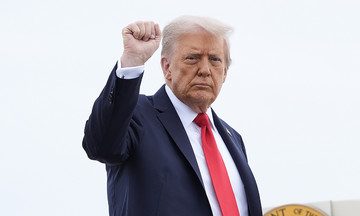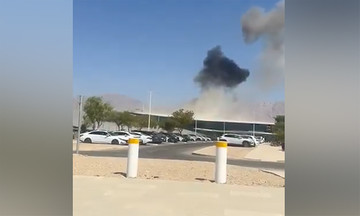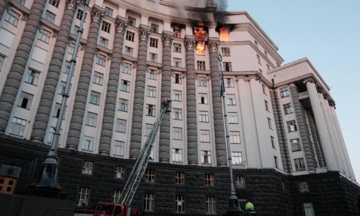Every time they go out, residents of the megacity of Mumbai, India, face terrible noise pollution from traffic. Drivers readily honk at anyone they encounter on the street, using horns to claim the right of way or express frustration while waiting at red lights.
An NPR correspondent based in Mumbai counted an average of 27 horn honks per minute one afternoon in August. Vikas Rahane, a traffic officer on duty at the time, said this was "normal" and there would be even more honking during rush hour.
"The evening traffic will drive you crazy," Rahane said, referring to the daily rush hour period from 5 p.m. to 8 p.m.
The noise from car horns sometimes causes Rahane to lose sleep and has even led to hearing loss in some of his fellow traffic officers.
Under Indian law, drivers can be fined up to 25 USD for excessive or unreasonable honking. But Subhash Shinde, Rahane's superior, said that traffic in Mumbai is often so chaotic that the police can't do anything but focus on traffic flow and pedestrian safety.
"In terms of priorities, dealing with horn violations ranks somewhere between 6th and 10th," Shinde said.
A 2019 study indicated that the average noise level in Mumbai often exceeds 80 decibels, on par with some of the busiest streets in Manhattan, New York, and akin to listening to the sound of a vacuum cleaner day and night, or even louder. According to World Health Organization recommendations, noise levels should not exceed 55 decibels.
Traffic is one of the main causes of noise pollution in most cities around the world. But in India, there's another aspect to this issue.
"Many people think that being in traffic means honking, because others won't give way if they don't," said Sumaira Abdulali, founder of the nonprofit Awaaz Foundation, which advocates for noise control. "However, the reality is that even if they honk loudly, no one will give way."
When the traffic ahead doesn't move, drivers honk more. This sound mixes with the noise from construction sites across Mumbai, which often operate day and night, year-round.
In this city of 20 million people, where most sidewalks are dilapidated, being stuck in traffic is like attending a rock concert.
"Horns can reach 120 decibels and sometimes a little louder," Abdulali said. "This noise will certainly be stronger in the future."
Many drivers, including those of motorcycles, auto-rickshaws, and taxis, believe the standard horns provided by manufacturers don't meet their needs. Some revealed they can buy louder horns at the CST Road market on the outskirts of Mumbai.
At CST Road, hundreds of shops are crammed along a nearly one-kilometer bumpy road, surrounded by the noise of traffic. These shops specialize in selling auto parts like headlights, LEDs, music systems, and decals.
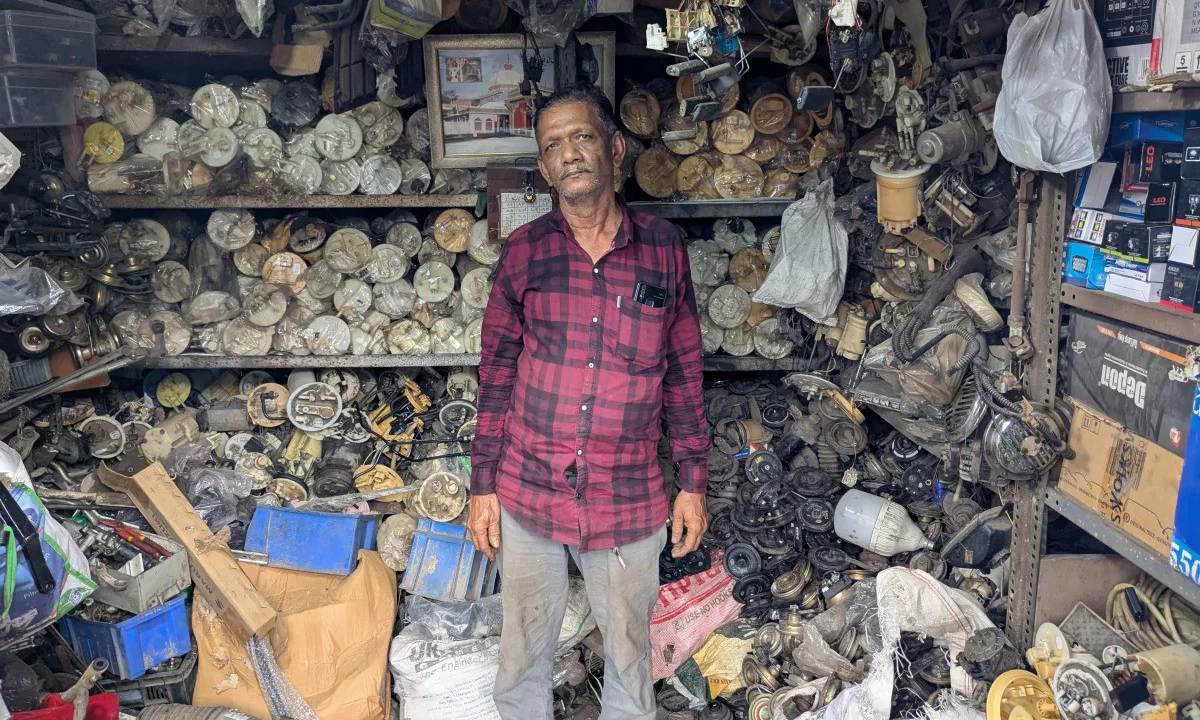 |
Vendors at CST Road market. Photo: *NPR* |
Various types of horns are on sale, including models that emit sounds like barking dogs or screaming people. Noor Mohammed, a vendor at the market, said the two best-selling horns are the "ti ti" and "pom pom". The former emits a steady sound, mainly used on motorcycles, auto-rickshaws, and hatchbacks. The latter is an air horn, typically used for SUVs and buses.
According to Mohammed, the demand for "pom pom" horns has surged in recent years. "Pedestrians won't give way if you use a 'ti ti' horn, but they will if they hear a 'pom pom' horn," he said.
Others suggest that those who upgrade to louder horns are simply showing off.
"Pom pom" horns cost under 10 USD and typically last about a year. The high demand for this type of horn has led to the emergence of an online horn review community. Many people want to install this type of horn on certain car models because it emits a "very loud" sound, according to one reviewer.
Gagan Choudhary, founder of the automotive news website Gaadify, offered another reason for the "pom pom" horn's popularity. "In India, we often chat and play loud music in our cars, so a deeper horn is a bit easier to hear," Choudhary said.
Understanding the needs of users, motorcycle manufacturers in India have made their horns louder. Some car manufacturers have also improved their horns to be louder and have a deeper sound.
"We understand that horns are used more frequently in India and serve as an essential communication tool on the road, whereas in many other countries they are mainly used for signaling or warning other drivers," a Mercedes-Benz representative said, adding that this is why their horns in India "have been slightly modified for durability."
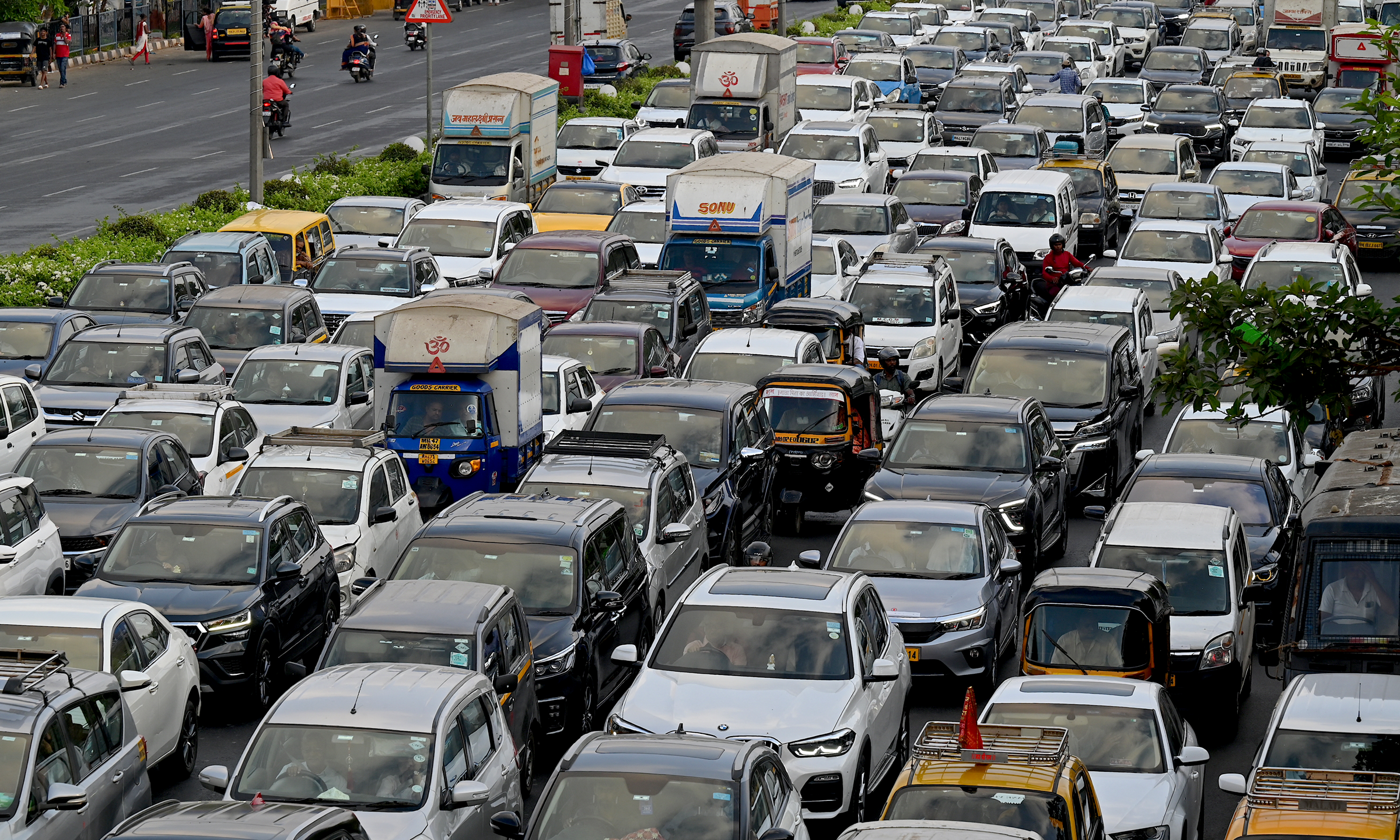 |
Traffic on a highway in Mumbai, India in 2023. Photo: *AFP* |
However, these more durable and louder horns have not improved road safety in India. About 150,000 people die each year in traffic accidents, and this figure is becoming increasingly alarming.
A few years ago, India's Minister of Road Transport and Highways, Nitin Gadkari, proposed a solution to address the noise crisis: replacing all car horns with ones that emit the sounds of classical Indian instruments to make them "more pleasant to the ear."
Abdulali considered the initiative a disaster. "Imagine having to listen to different kinds of music just because someone is feeling bored or unhappy," she said.
According to Abdulali, the best approach is to recognize noise pollution as a public health issue, address it through law enforcement, and raise public awareness.
Pham Giang (*via NPR*)





